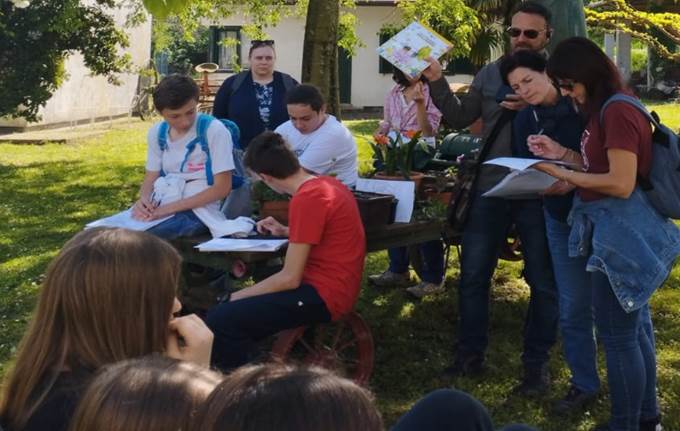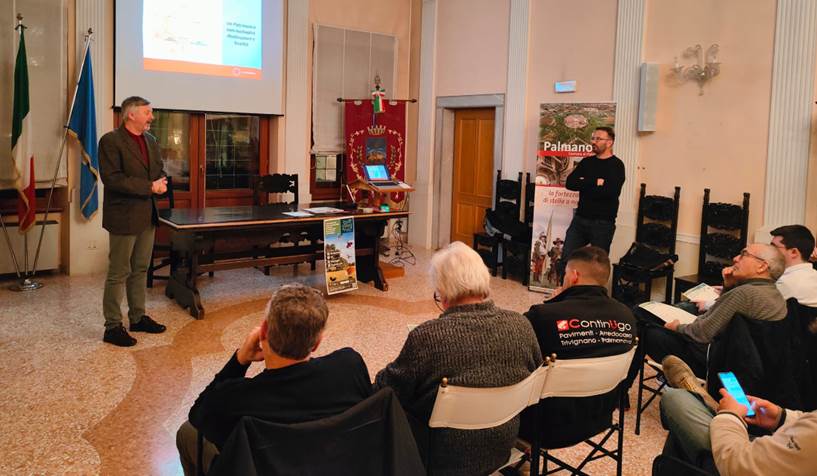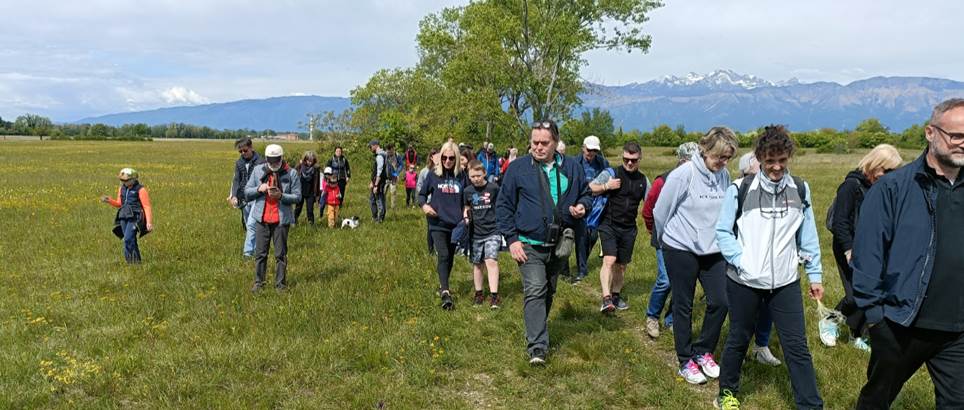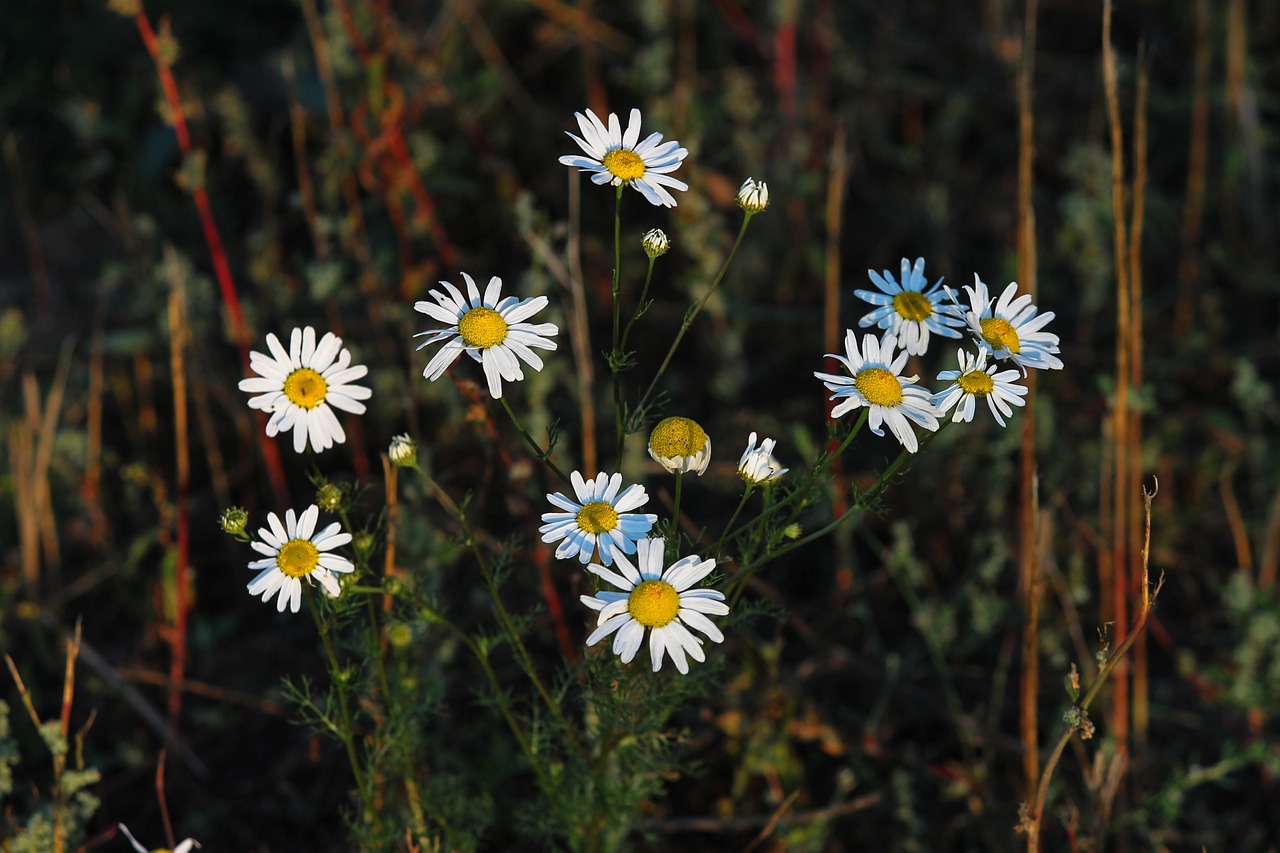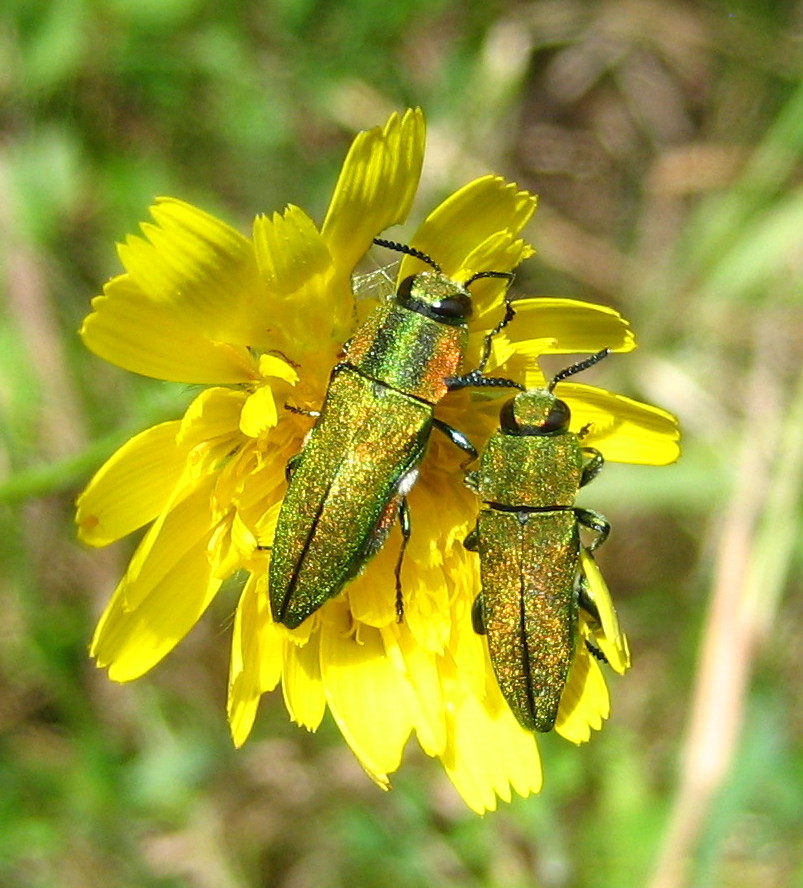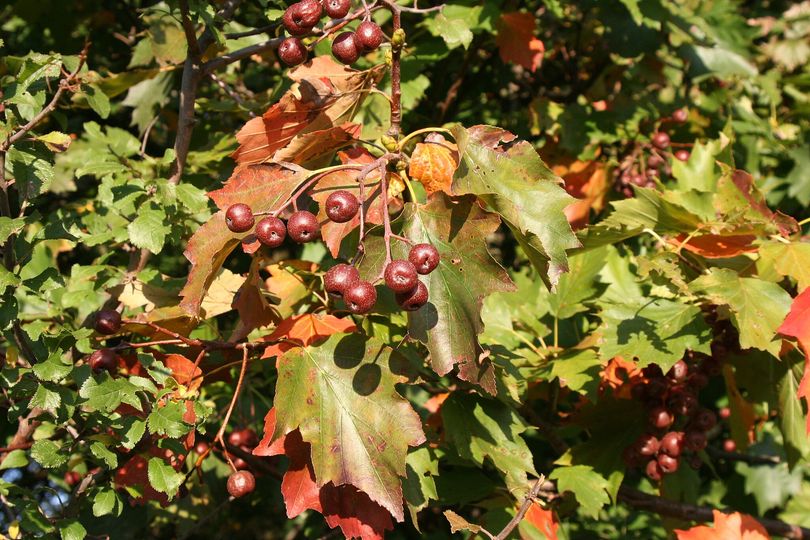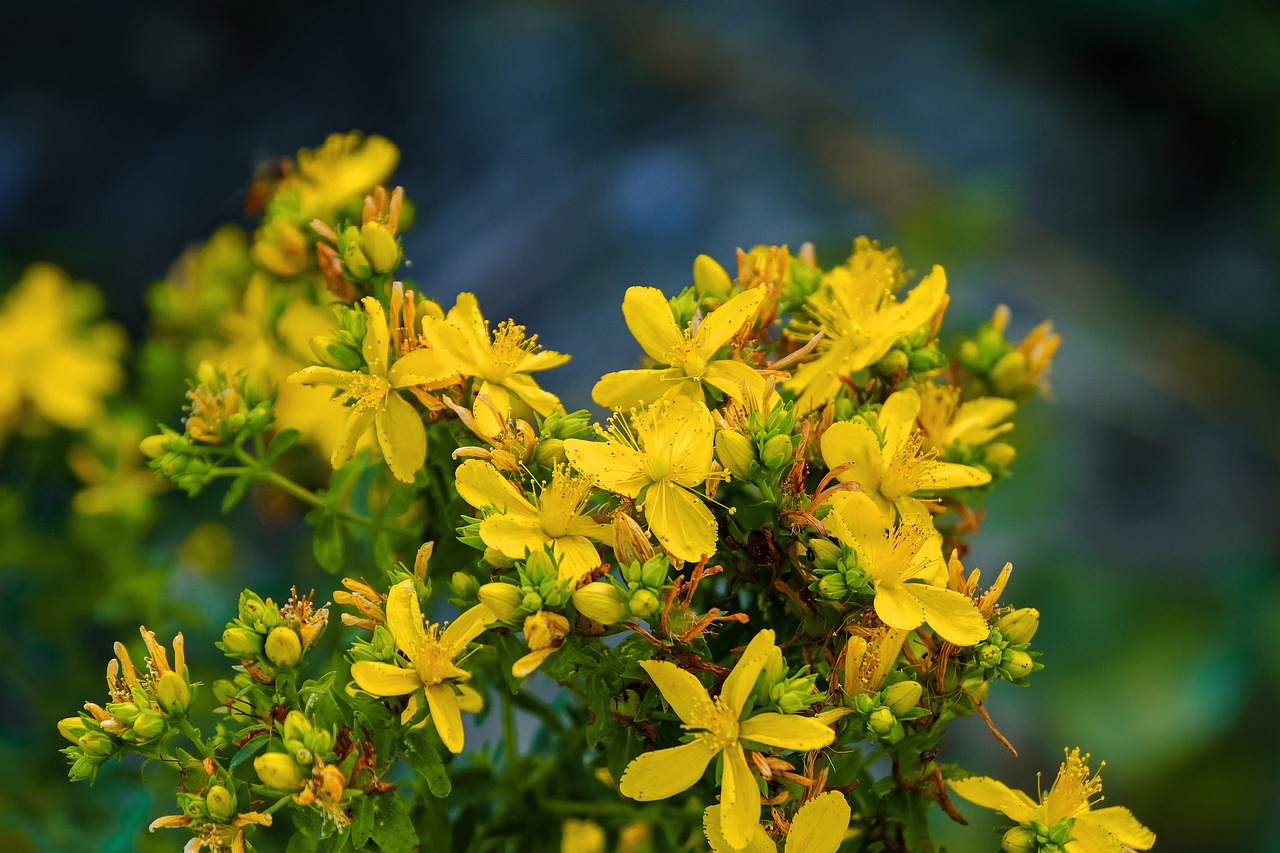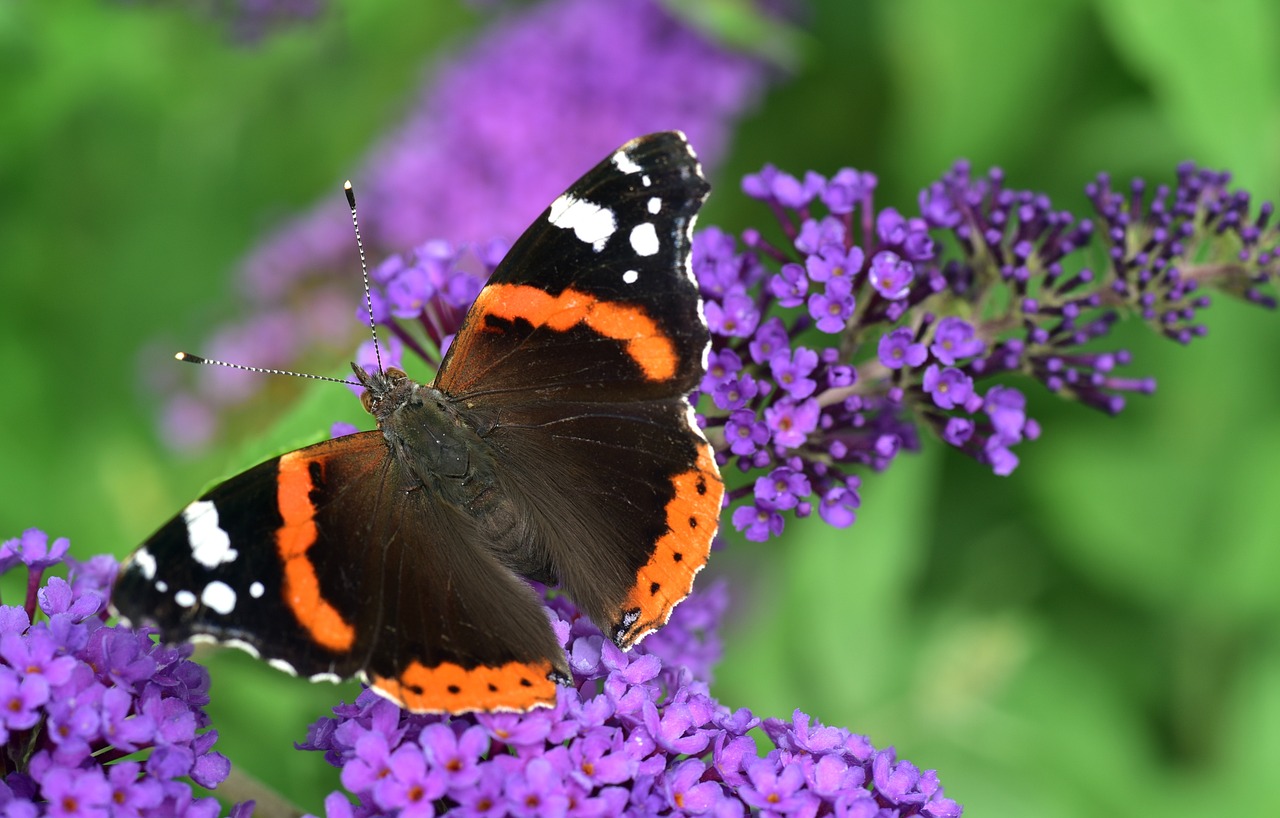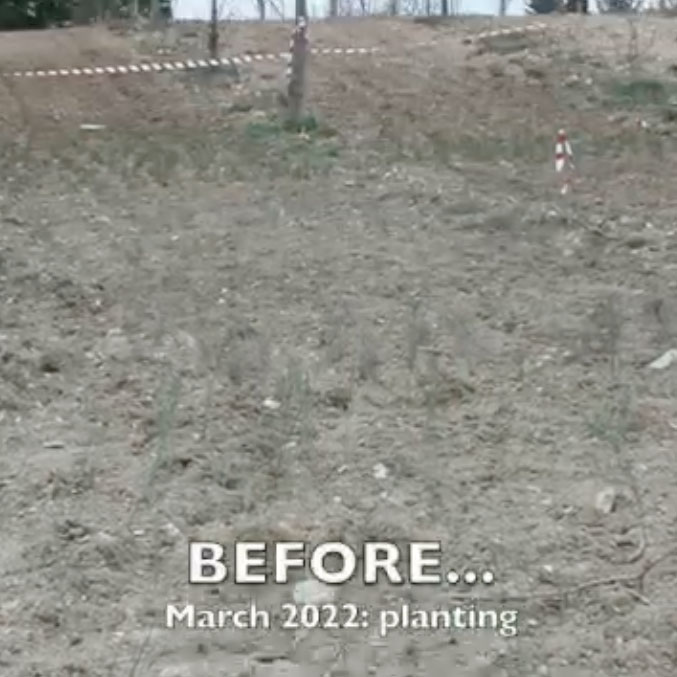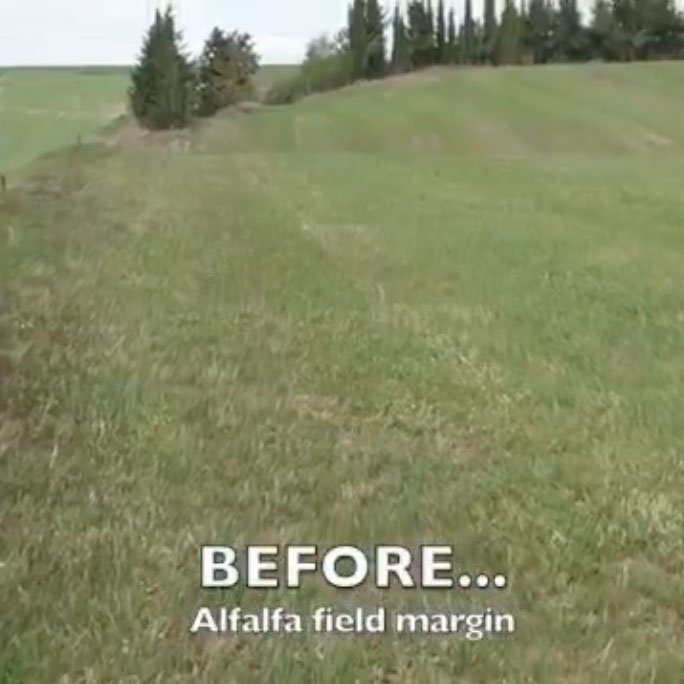A new collaboration between the Friuli Venezia Giulia Region and Legambiente within the LIFE POLLINACTION project.
lifepollinaction2024-05-02T16:29:02+02:00In Friuli, numerous meetings and outreach activities were held during the months of February, March and April 2024 to raise awareness about the activities of LIFE PollinAction and to promote the Stable Grasslands Project of the Friuli Venezia Giulia Region in Italy. A new collaboration between the Friuli Venezia Giulia Region and Legambiente within the LIFE POLLINACTION project. On February 23rd and April 12th, in collaboration with Legambiente Gorizia, a training course dedicated to teachers from schools in Gorizia and Gradisca di Isonzo was held, followed by the design of a bee-friendly hedge at the estate managed by the "La [...]


